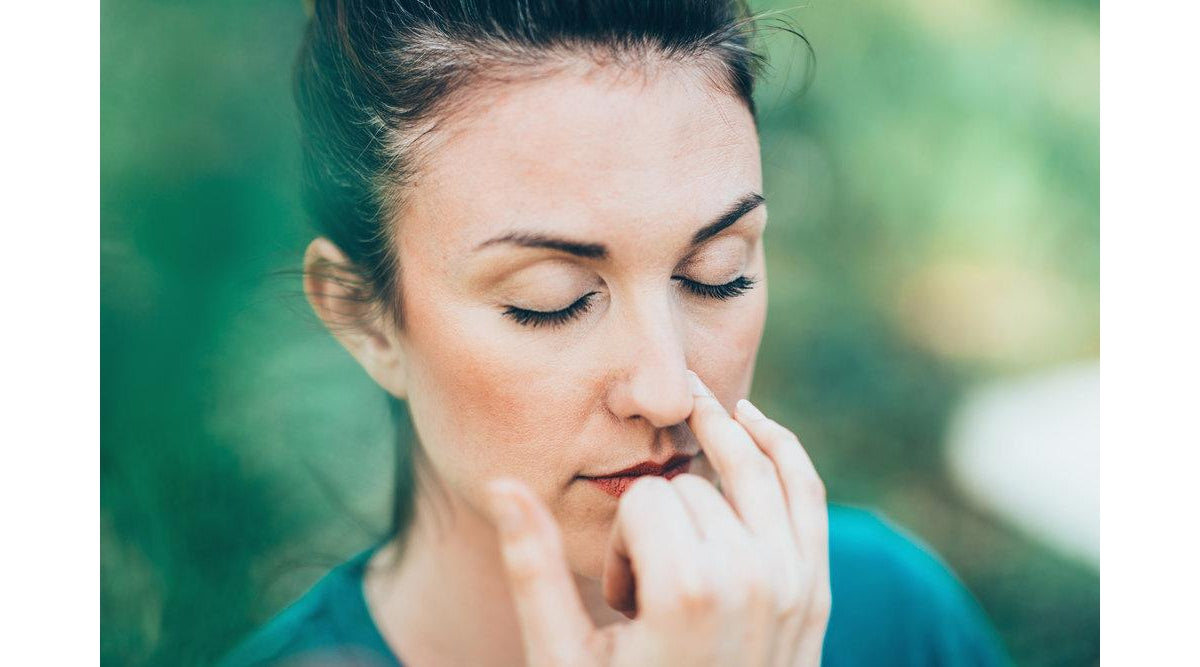
The Yoni Experience: A Breakdown of Vaginal Health Conditions
Education about our bodies and our rights is the foundation of the reclamation of our collective power — over our bodies, our narratives and ultimately our place in this world.
Part of this education is to understand the challenges that many of the women of our time face. This list is not intended to worry you, but rather to inform you, because we believe that you have the right to information about your body and the issues that may arise. Knowledge is power, so equip yourself with the facts. Know when it’s time to see your doctor and be empowered to make informed decisions. Also, next time you’re talking to a girlfriend, you’ll be able to make suggestions that make a difference for her.
This piece is just one section of our FREE E-Book called Yoni Guide: A Magical Lady Reference. Download your free copy now!
Endometriosis
Endometriosis is the growth of tissue that is typically found in the lining of the uterus (aka the endometrium) in a location outside of the uterine cavity. It can occur on the ovaries, surface of the uterus, on the intestine, or on or in other organs. With the changing hormone levels during the menstrual cycle, the tissue may grow and break down, leading to pain and eventual scar formation. Over 5.5 million American women have symptoms of endometriosis. About 30% to 40% of women with endometriosis have some trouble conceiving.
Vaginitis
Vaginitis, also called vulvovaginitis, is an inflammation or infection of the vagina. It can also affect the vulva, which is the external part of a woman's genitals. Vaginitis can cause itching, pain, discharge, and odor. Vaginitis is common, especially in women in their reproductive years. It usually happens when there is a change in the balance of bacteria or yeast that are normally found in your vagina. There are different types of vaginitis, and they have different causes, symptoms, and treatments.
What are the different causes of vaginitis? Bacterial vaginosis (BV) is the most common vaginal
infection in women ages 15-44. It happens when there is an imbalance between the "good" and "harmful" bacteria that are normally found in a woman's vagina. Many things can change the balance of bacteria, including:
• Taking antibiotics
• Douching
• Using an intrauterine device (IUD)
• Having unprotected sex
Yeast Infections (Candidiasis)
Yeast infections (candidiasis) happen when too much candida grows in the vagina. Candida is the scientific name for yeast. It is a fungus that lives almost everywhere, including in your body. You may have too much growing in the vagina because of antibiotics, pregnancy, diabetes, especially if it is not well-controlled and corticosteroid medicines. Download the Vibrant Souls Yoni Guide and see the section titled "Feminine Ecology" for how to cope. Never hesitate to reach out for professional medical help if you find yourself experiencing problematic symptoms!
Fibroids, Polyps and Cysts
Symptoms of fibroids, polyps and cysts vary, but these structural abnormalities can all contribute to pelvic pain, abnormal uterine bleeding and other complications including infertility. Treatment for fibroids, polyps and cysts depends on symptoms and patient goals and should begin with gentle yoni steaming to see if this clears up the issue. If no difference is seen in two to three months, additional interventions may be necessary, which include conservative, nonsurgical methods as well as surgical intervention.
Ovarian Cysts
Ovarian cysts are fluid-filled sacs that may develop on one or both of a woman’s ovaries during ovulation. The ovaries are responsible for producing female reproductive hormones as well as releasing an egg each month during ovulation. The most common types of cysts form during ovulation when one of the follicles on the ovaries responsible for releasing an egg fails to open. In most cases these cysts will go away in a few months without treatment and without causing symptoms. Because most ovarian cysts form during ovulation, they are far less common in women who have gone through menopause. Complications arise when cysts become abnormally large. Less commonly, cysts may rupture or cause ovarian torsion, a condition in which the ovary is abnormally twisted due to the cyst. In rare cases, ovarian cysts can be cancerous. Additionally, some women produce many small cysts on their ovaries due to a condition called polycystic ovarian syndrome (PCOS).
The majority of ovarian cysts will not cause symptoms. When they do, the symptoms include:
• Bloating
• Abdominal pressure
• Pelvic pain
• Pain during intercourse
• Frequent and/or difficult urination
• Sudden, sharp pain due to a ruptured cyst.
Women experiencing sudden and severe pain should seek immediate medical help, particularly if the pain is accompanied by vomiting or fever.
Bartholin's Cyst
Also known as Bartholinitis, this common condition occurs when the glands on either side of the vaginal opening become blocked, causing the fluid they usually secrete to go back up inside the gland. It’s often characterized by a small bump near the vaginal opening that’s tender and painful to the touch but is completely harmless when treated, says Kameelah Phillips, M.D., an ob-gyn in New York City. “They can be managed with a warm compress, soaking in a tub filled with just a few inches of warm water, or by taking over-the-counter pain medication and giving it time to
heal.” That said, if you experience extreme pain, trouble walking or urinating, or fever and chills, see your doc as she may need to drain the cyst.
Syringoma
These tiny, harmless bumps occur when sweat ducts are blocked. They’re much smaller than a Bartholin’s cyst, and on top of appearing on your vagina, they can crop up on your face (mostly around the eyes), underarms, chest, and belly-button region. “Syringoma is characterized by benign, flesh-colored pimples that are usually not tender to the touch,” says Phillips. “Sometimes there are multiple lesions, or they can grow larger than you’re comfortable with, but resist trying to remove or pop them yourself. It can cause damage to the surrounding skin.” Either let them heal on their own (and make sure you change out of sweaty clothes immediately after a workout), or talk to your doctor about having them removed. Phillips says the course of action usually involves electrosurgery or a laser, “but the results might not be successful and you could end up with scars.”
Uterine Fibroids
Uterine fibroids, which are also called leiomyomas or myomas, are benign (noncancerous) muscular growths within the walls of the uterus. They range in size from ¾ inch to several inches in diameter. According to a study published in The American Journal of Obstetrics and Gynecology, fibroids affect up to 70 percent of white women and between 80 to 90 percent of African-American women by age 50. They often do not cause any symptoms and are frequently detected incidentally during a routine examination.



Leave a comment
This site is protected by hCaptcha and the hCaptcha Privacy Policy and Terms of Service apply.